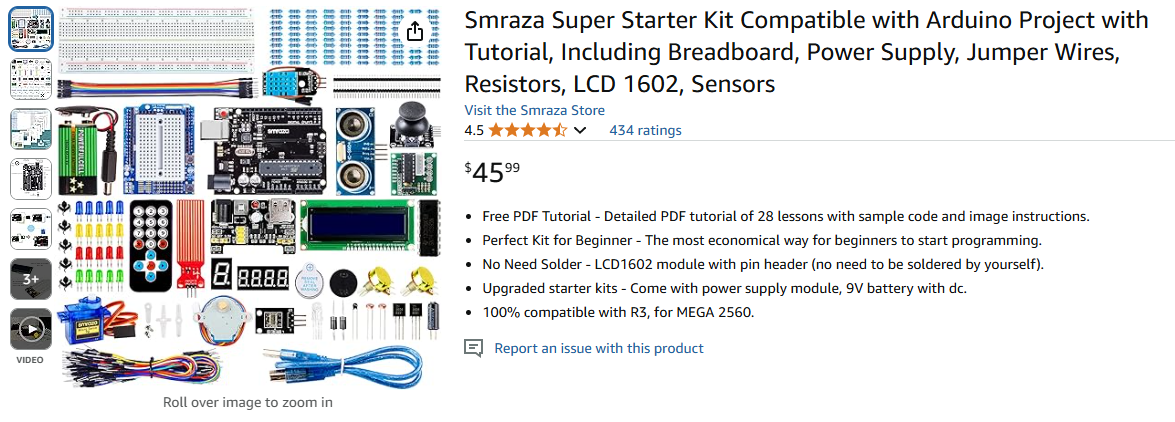Buzz Vision: A new way to see the world
Grade 5
Presentation
No video provided
Problem
Introduction
Navigating safely is a daily challenge for visually impaired individuals. Globally, hundreds of millions of people have some form of visual impairment, with tens of millions fully blind, and many rely on the traditional white cane for mobility. The white detects objects on the ground by sweeping the cane back and forth to practice appropriate caution. The cane is white to help people nearby identify that the user is visually impaired.While a white cane helps detect obstacles on the ground, it also has limitations. For example, a cane cannot detect any obstacles above waist-level, such as branches or open window panes. A white cane does not help detect objects at face level, which is a problem that visually impaired people often run into. This often leads to head-level collisions. In one survey, over 40% of blind cane users reported head injuries from obstacles at least once per month (Usability and Design Guidelines of Smart Canes for Users with Visual Impairments). Additionally, using a cane requires one hand to be preoccupied at all times, and obstacles are only detected when in contact with the stick. This way of navigation is hard for visually impaired people, as it can pose safety risks.

Figure 1. A visually impaired man crossing the street using a white cane.
| Pros of the Cane | Cons of the Cane |
| Cheap and widely available | Cannot detect objects above knee level |
| Easy to carry | Requires one hand to use |
| Does not require batteries or other technology | Does not provide early warning for moving objects like cars and bikes |
| Can be used to show other that the user is visually impaired | Some people may feel embarassed of self-conscious using a cane. |
| Works in all weather conditions | Not suitable for rough surfaces, sand, etc. |
Figure 2. A table showing the pros and cons of using the white cane.
Therefore, there is a need for an assistive device that can detect obstacles at face level, extending obstacle detection beyond the cane's reach, and allow the user's hands to remain free.
Problem
The problem that my project adresses is: Can we design a wearable object detecting mechanism that uses sensors to warn visually impaired people of the obstacles in their path? This mechanism will overcome the cane's limitations and improve independant mobility for the impaired.
Pre-existing Technology
I searched the internet for people that have already invented similar technology, or done research related to this kind of technology, so I can learn more about my project. Advancements in assisted technology have introduced many solutions to help visually impaired people navigate safely. The white cane is the standard aid, but they can barely detect overhanging or distant obstacles which leads to collisions and falls.
1. "Smart" Mobility Aids
To replace the traditional white cane, engineers have developed "smart" mobility aids such as the smart cane, which uses electronic sensors like the ultrasonic sonar on a cane to detect the obstacles before physical contact (Smart Canes for the Blind) (Usability and Design Guidelines of Smart Canes for Users with Visual Impairments). For example, the SmartCane device attaches to a standard cane to find objects between knee and head height and alerts user through vibrations (Smart Canes for the Blind).
Method
Hypothesis
I think that using a device with a distance sensor and an alert mechanism like a buzzer or vibration system will allow a visually impaired individual to detect obstacles in their path at face level before collision. By using an alert system to give an early warning will prevent and reduce the likelihood of someone bumping into objects that a traditional white cane might miss. I expect that as an object comes closer to the sensor, it will start to beep or buzz or vibrate.
Engineering Goal
The main goal is to design an object proximity detection mechanism, that beeps or buzz when an object comes closer to the sensor. This mechanism can help visually impaired people detect an obstacle at face level, instead of just at ground level using a cane.
Objectives
I have main objectives in order to measure the success of my project:
1. Detection: the device should be able to always detect obstacles in a 2 meter range in front of the user, and be able to recognize when something is too close.
2. Alert System: An alert system that is clear and always works as the obstacle gets closer. The alert system should minimize false alerts.
3. Hands Free: the device should not occupy the hands at all times like a white cane does
4. Safety: The device should not pose any safety risks
Materials
For this project, I am using an arduino kit that I found on Amazon. All of my materials are from this kit.
Ultrasonic Distance Sensor:


